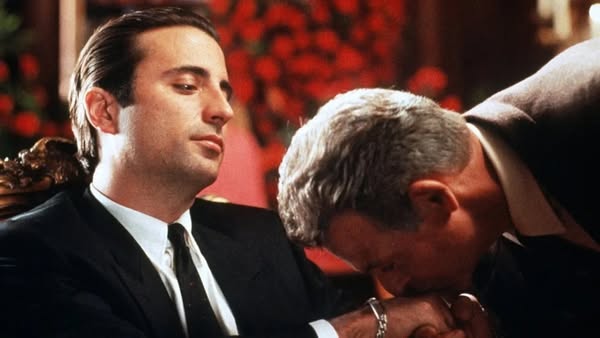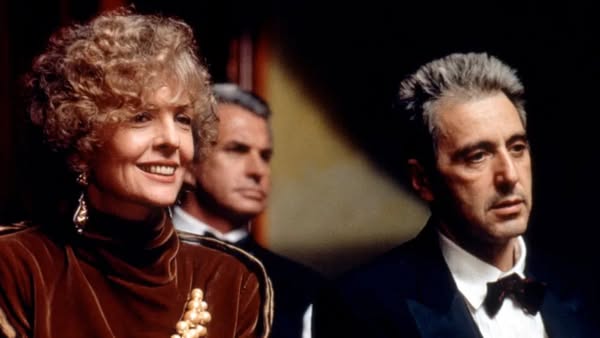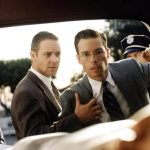The Godfather Part III (1990)

The Godfather Part III is the final installment in Francis Ford Coppola’s iconic crime saga, released in 1990. Following the monumental success of its predecessors, this film attempts to bring closure to the story of the Corleone family, exploring themes of power, redemption, and the moral complexities of organized crime.
Set over two decades after the events of The Godfather Part II, the film follows Michael Corleone (Al Pacino) as he seeks to legitimize his family’s business and escape the violent legacy of his past. Despite his intentions to distance himself from the criminal underworld, Michael finds himself drawn back into a world of betrayal and crime, as he grapples with the consequences of his earlier decisions.

The narrative intricately weaves Michael’s personal struggles with broader political themes, including the influence of the Vatican and the intersection of power and morality. The film introduces new characters, such as Vincent Mancini (Andy Garcia), Michael’s hot-headed nephew, who embodies both the passion and potential for violence that Michael wishes to leave behind. The relationship between Michael and Vincent serves as a reflection of the generational conflicts within the Corleone family, highlighting the ongoing cycle of crime and retribution.

One of the film’s standout elements is its exploration of guilt and redemption. As Michael confronts the ghosts of his past, he yearns for forgiveness and a chance to rebuild his legacy. However, the film poignantly illustrates that true redemption may be unattainable, as personal and familial ties continually pull him back into darkness.
While The Godfather Part III received mixed reviews upon its release, with some critics feeling it did not live up to its predecessors, it has been reevaluated over the years. The performances, particularly by Pacino and Diane Keaton (returning as Kay Adams), are often praised for their emotional depth. The film also features a memorable score by composer Nino Rota, which enhances the film’s atmosphere and emotional resonance.’

Visually, the film captures the opulence of the late 20th century while maintaining the stylistic elements that defined the earlier films. Cinematographer Gordon Willis’s work continues to showcase the stark contrasts between light and shadow, further emphasizing the themes of duality and moral ambiguity.
In conclusion, The Godfather Part III serves as a complex and introspective conclusion to the Corleone saga. While it may not have achieved the same iconic status as its predecessors, it offers a poignant exploration of legacy, power, and the relentless grip of the past, inviting audiences to reflect on the cost of ambition and the pursuit of redemption.











